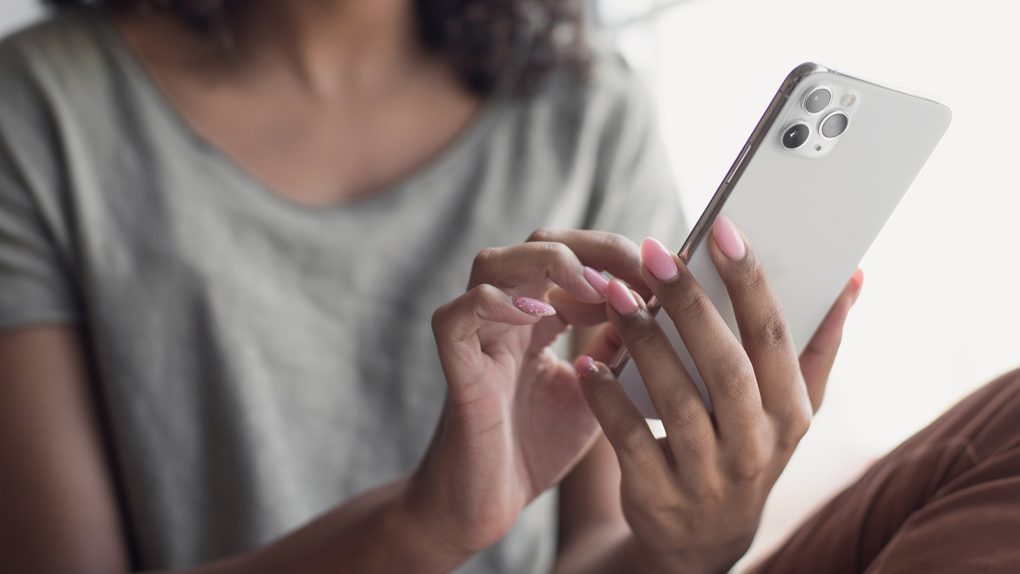Launched in 2015, the iPhone 6s can run Apple’s latest iOS release and benefit from all the new features Apple has developed in the years since. Some of the more recent iOS features might have been devised for newer models, but iPhone 6s users still get the same overall iOS experience. Androids that are nearly six years old do not get the latest Android features. Not even Pixel phones. Putting things differently, the iPhone 12 could easily last six years and run many new iOS releases, especially considering the massive power under the hood.
While Apple’s processors that power each iPhone generation are more formidable and efficient than the previous models, and while Apple upgrades iOS in a way that ensures the best possible compatibility with existing devices, there is one thing that can impact one’s desire to hang on to an iPhone several years: Battery life. No matter how great the hardware and software might be or one’s willingness to use the same smartphone for several years, there will come a point when the battery will start to fade. Batteries age and can’t hold the same charge after a certain number of cycles. This is true for Android phones, electric cars, and other electronics that are powered by batteries.
But that’s where a brand new innovation might help. Someone figured out how to build batteries that will hold 95% of the maximal charge after 1700 cycles. According to Apple, “a normal battery is designed to retain up to 80% of its original capacity at 500 complete charge cycles when operating under normal conditions.”
Researchers from the Japan Advanced Institute of Science and Technology (JAIST) have devised a method to improve the life of Li-ion batteries by preventing degradation, publishing their latest study on the matter in ACS Applied Energy Materials.
As EurekAlert explains, Li-ion batteries degrade because of the graphite anode or the negative terminal. The graphite requires a binder to prevent it from falling apart during use. That binder is called poly(vinylidene fluoride) (PVDF), and it’s because of PVDF that battery life drops after a number of charging cycles.
The JAIST scientists looked at a binder made from a bis-imino-acenaphthenequinone-paraphenylene (BP) copolymer. Unlike PVDF, the BP binder offers better mechanical stability and adherence to the anode. BP is also more conductive and forms a thinner conductive solid electrolyte interface with less resistance, according to EurekAlert. The copolymer doesn’t react with the electrolyte, which further extends the battery life.
“Whereas a half-cell using PVDF as a binder exhibited only 65% of its original capacity after about 500 charge-discharge cycles, the half-cell using the BP copolymer as a binder showed a capacity retention of 95% after over 1700 such cycles,” Professor Noriyoshi explains. The BP battery also showed a very high and stable coulombic efficiency. Electron microscope scans before and after the cycle showed only tiny cracks on the BP copolymer compared to large cracks on PVDF in less than a third of the total number of cycles.
Using BP copolymer in future batteries could extend the life of battery-powered devices significantly if the research is accurate. It’s not just iPhones and Androids that could benefit from it, but also electric vehicles. Considering the various eco-friendly initiatives from various tech companies like Apple, BP batteries could significantly extend the life of iPhones and reduce waste. Usually, iPhones are resold or passed on to family members and friends once the original owner upgrades to a different version. Longer battery life would certainly come in handy, ensuring a great user experience for the new owner.








